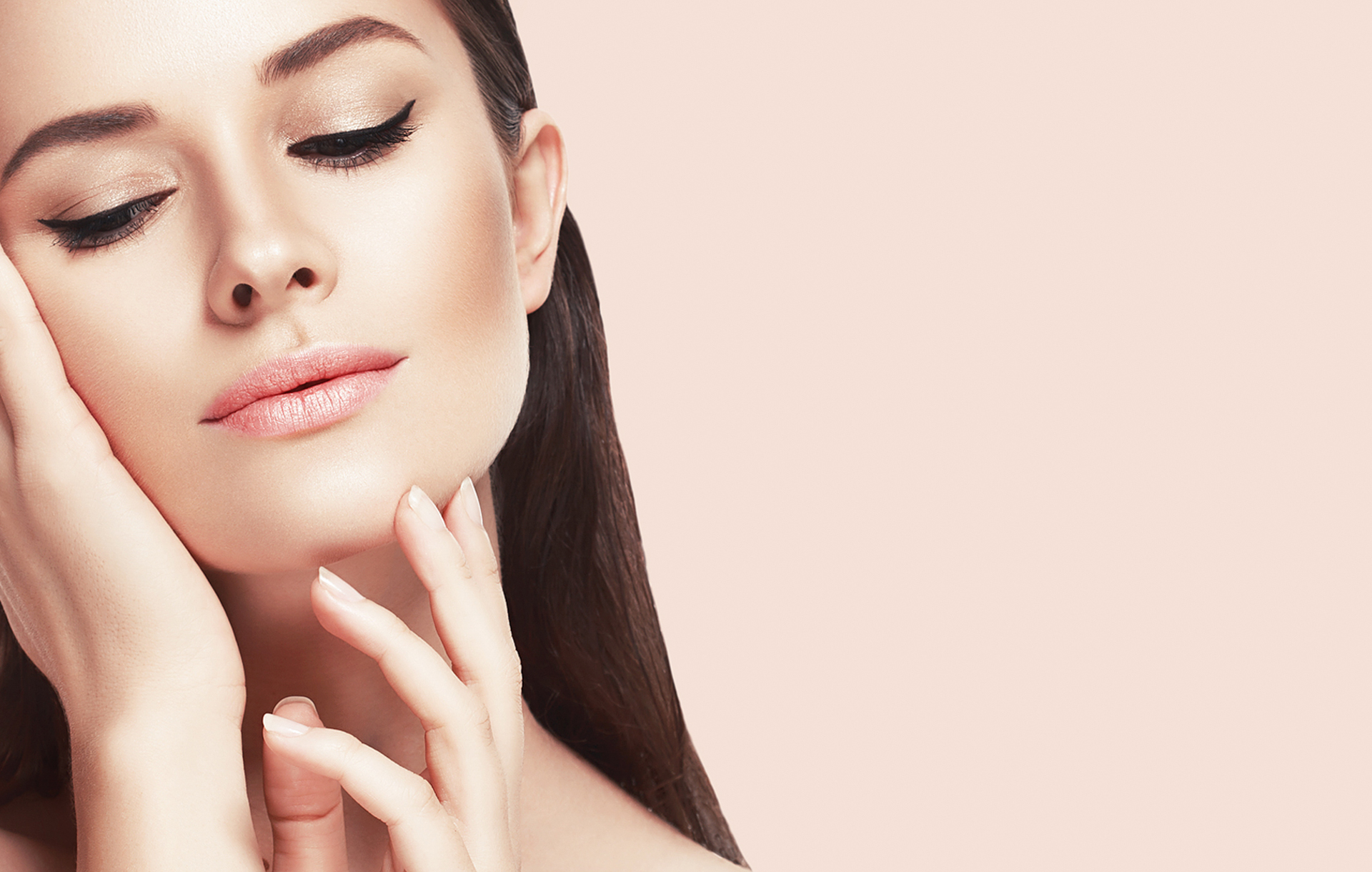Understanding the nature of skin problems is the start of eradicating the ever-looming threat. What exactly causes the variety of problems that plague the skin? There are a number of factors such as stress, environment and weather that can irritate and inflame skin. Reactions can vary from light irritation to redness, skin dryness, to larger issues such as rosacea and skin peeling. Inflamed skin can be made worse by using the wrong products. The perfect storm of stress factors, such as anxiety mixed with stress can further exacerbate any skin issue.
STRESS
When anxiety kicks in, the body’s stress response can go into overdrive. This can affect the nervous system and cause sensory symptoms like burning or itching of the skin, with or without visible signs. These sensations can begin anywhere on the skin, including arms, legs, face, and even on the scalp. Clients today may be feeling overwhelmed personally or professionally or both. As a licensed esthetician, it is important to be sympathetic. This is a good time to suggest other spa services such as yoga, meditation, nutrition and dietary consultation, massage or Tai Chi along with a comprehensive skincare plan.
[ihc-hide-content ihc_mb_type=”show” ihc_mb_who=”2,4,6,7,5″ ihc_mb_template=”3″ ]
Stress can trigger outbreaks of:
• Eczema
• Psoriasis
• Acne
• Rosacea
• Hives
• Seborrheic dermatitis
Offer soothing and hydrating facials along with homecare products to support the health of the skin. Use key calming and hydrating ingredients such as: Cucumber Extract, Green Tea Extract, Emu oil, Chamomile Extract, Cucurbitaceae and Sodium Hyaluronate – a natural compound in the body that binds to water to hydrate the skin.
ENVIRONMENT
UV rays, blue light or HEV (High Energy Visible), and air pollution can cause fine lines and wrinkles, sagging, and dark spots. Clients may not realize that whether they are inside or outside, skin is affected by the environment. From UV rays to blue light and pollution, all of these environmental factors work by creating oxidative damage in the skin, which breaks down collagen and may damage the barrier function of the skin. Many people now spend their waking hours staring at screens, especially with more and more working from home. Blue light or visible light is one potential skin aging factor. Blue light lies on the visible light spectrum. It is high-energy wavelength light that comes from computer screens and cell phones. A damaged barrier makes the skin more prone to the effects of UV damage.
Replenishing the skin with essential nutrients and topical antioxidants such as vitamin C and vitamin E will assist in reducing the damaging effects of blue light. A diet rich in antioxidants can also be effective. Daily application of sunscreen with physical blockers with titanium dioxide and zinc oxide reflect light rays to offer broad protection against UV and high-energy visible light.
WEATHER
Extremes in weather can exacerbate existing skin conditions or even create new ones, so it is crucial to understand how climate changes can affect the skin. Whether it is cold and dry or hot and humid, the weather can cause everything from acne breakouts to itchy patches. Cooler temperatures mean low humidity, which dries out the skin. Bitter cold wind can strip moisture from exposed skin. One may assume that maskne would only appear during the summer months. With the constant friction against the skin, PPE can cause irritation. Maskne can happen in any season. Recommend to the client a non-drying sanitizing spray to spritz the skin underneath the PPE that they may be wearing.
Cold autumn/winter weather can cause skin dryness and result in flaky and irritated skin. Very cold temperatures coupled with low humidity and strong winds robs the skin of moisture. Central heating doesn’t help hydration, as indoor hot air is low in moisture and causes the skin to be dry. Even relaxing in front of the fireplace or a long soak in a tub and a hot shower can cause overall dryness or conditions like eczema. A simple recommendation for your clients is to keep a humidifier on during cooler months to add moisture back into the air. Often clients will stop using facial exfoliants and body scrubs during colder months. A gentle exfoliant will assist in removing dead skin cells and flakes on dry elbows or other affected areas of the body.
The perfect storm of some or all of these skin-stressing factors is facing many of your clients today, unexpectedly. The best advice is to be prepared for this with ingredients and science in the skin treatments and products you recommend. Even discussing this in relation to their home care routine will help. Skin awareness is your job, and the client is already busy with their day job. A little reminder about skin stress and options can go a long way in building their skin and a healthy esthetic relationship with your client.
[/ihc-hide-content]













